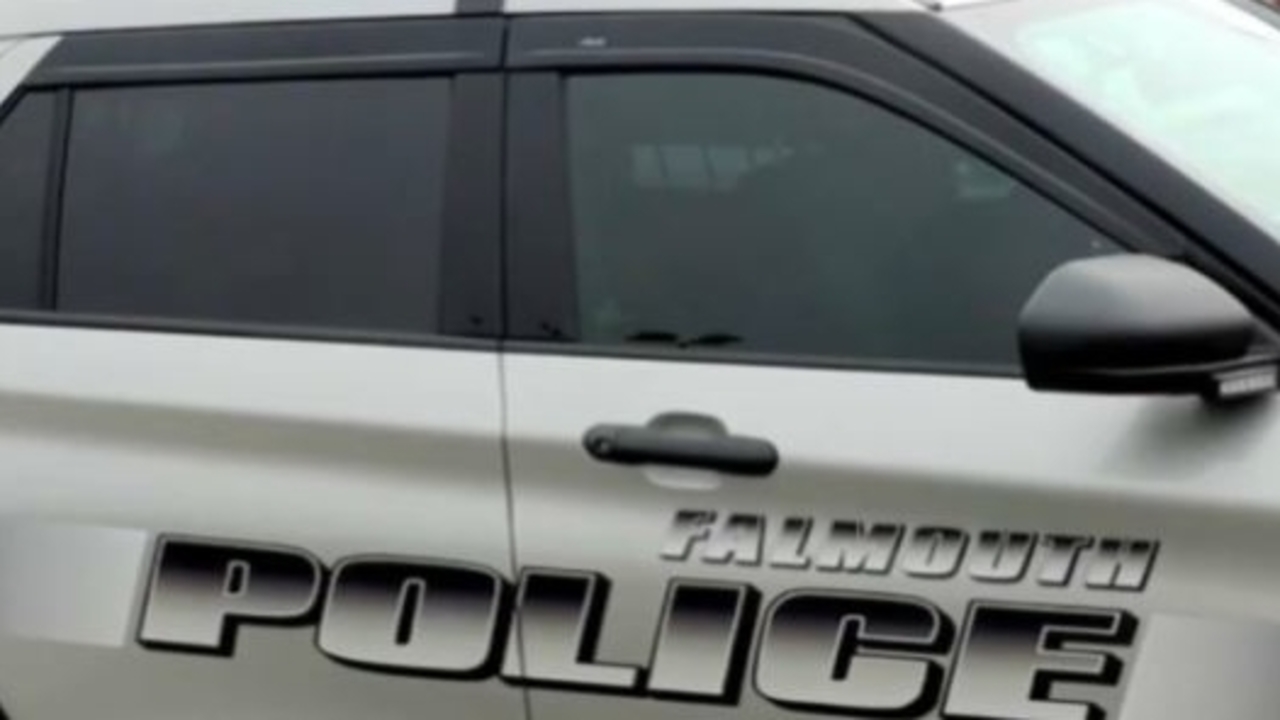Boston Mayor Marty Walsh established the Vision Zero task force in 2015 with the goal of zero pedestrian deaths by 2030 and while city planners call their work thus far a success, critics claim the task force isn’t properly staffed or funded and the death toll keeps rising.
At the end of May, a South End man was killed crossing in the crosswalk at Tremont St. and Union Park. The area was such a concern, residents had warned the city through its Vision Zero website that it was an accident waiting to happen.
“The speed is a big problem,” Annita Turner said. “It’s very scary.”
“It’s like playing chicken with the cars for sure,” Samantha Roach said.
“It’s a huge problem. Huge problem,” added Dennis Morris.
Northeastern University Engineering Professor Peter Furth calls the busy, four-lane straightaway a green light for fast or distracted drivers, and a minefield for pedestrians.
"You step out into the first lane and hope that the car coming will see you and stop. And then you hope that the car coming in the second lane will see you and stop – even though you’re partly hidden by the car in the first lane. Then you get to the part where the yellow line is – you suck in your tummy and make yourself as thin as you can and hope that the car coming in the third lane will see you and stop. And if they do, then you have to hope that the car in the fourth lane will see you and stop even though you’re hidden partly by the car in the third lane,” Furth said.
Local
In-depth news coverage of the Greater Boston and New England area.
May’s crash is not the first fatal along this stretch of Tremont Street. Just three blocks up the road an elderly woman was killed in 2015, also walking on the sidewalk. The city responded immediately by creating a center island with paint, warning signs, and flex posts.
“It’s almost like a little white wall that they would see, that drivers would know, ‘OK, stay around this,’” Furth said.
But the inexpensive flex posts were knocked down some time ago, likely by winter plows, and the city never replaced them.
“That signals to me that there’s not much attention on replacing these and making sure that it’s safe,” Brendan Kearney of WalkBoston said.
Kearney and others ask why the city improved just this one intersection where the woman was killed and not the nearly dozen others like it on Tremont?
According to Vineet Gupta, Boston Transportation Department’s Director of Planning, that is at the top of the city’s priority list.
“That’s an intersection that we had previously identified,” Gupta said.
When pressed, Gupta said that the city didn’t prioritize the other intersections until after the second crash.
In 2016, pedestrian injuries and deaths were up 15 percent from the year before. According to Vision Zero, there were 9 pedestrian deaths in 2015 and 15 in 2016. The city would not release its data for 2017, but we found at least nine pedestrians have been killed so far this year.
“Vision Zero is an aspiration and we would like to get to no fatalities on our streets for anybody,” Gupta said.
High-risk areas around the city include a 1.5 mile stretch of Beacon, Melnea Cass, Chinatown, and Mattapan Square among other neighborhoods.
“We have to get out to all our neighborhoods. There is a, I wouldn’t call it a weak spot, but I would say there’s a good amount of demand for traffic coming on residential streets throughout the city,” Gupta said.
As for the initiative's successes, Gupta points to lowering the city-wide speed limit to 25 miles-per-hour, adding protected bike lanes and improved walk signals along Mass Ave., and increasing the Vision Zero budget by $1 million dollars to $4.1 million and the overhaul of Codman Square.
Jahdejha Henderson, the student hit near Codman Academy in 2014, was a driving force behind that overhaul.
There was no crosswalk in front of the school at that time, and kids routinely went into the street unprotected. A crosswalk has since been installed by the city for the start of the last academic year, but Henderson wishes the response had been quicker.
“For me it is a big deal because now we have little kids across the street and it’s safety for even just anyone crossing the street, not even just the little kids, because a lot worse could’ve happened to me and it would just be devastating if something happened to someone else,” Henderson said.
Thabiti Brown, Codman Academy’s Head of School, says it was the work of a physics class at the school that exposed the area’s danger to pedestrians.
“They had been out on this corner using radar guns to track the speed of cars, and we have learned that they were moving up to 40 miles an hour on this small street,” Brown said.
He called the new crosswalk a Godsend, but one that was slow to come.
“It took seven years – seven years – of advocating before we got to the point where the crosswalk actually did come in,” Brown said.
Asked if they've seen a decline in crashes from Vision Zero projects, Gupta says the city constantly collects data.
“We haven’t done any detailed analysis yet, but by all indication Massachusetts Avenue and Codman Square are slowing down for everybody,” Gupta said.
If you’d like to flag an area of concern, the city maintains a Vision Zero Safety Map at VisionZeroBoston.org.
If you have a concern for the NBC Boston Investigators log on to http://www.nbcboston.com/investigations/submit-tip/



